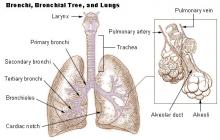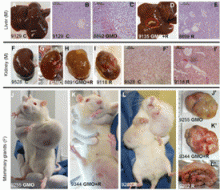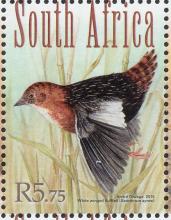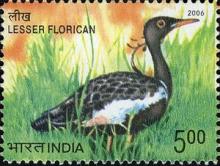Effects of methyl isocyanate on the respiratory tract of rats
Static exposure of rats to methyl isocyanate, for one hour, led to respiratory impairment during and after exposure. The resultant changes in breathing pattern suggest that this compound is both a sensory and a pulmonary irritant. Low concentrations resulted in extensive necrosis and loss of epithelial cells in the proximal airways but widespread alveolar damage was found only after exposure to high, lethal concentrations. At high concentrations methyl isocyanate probably caused peracute death through reflex inhibition of breathing. Animals surviving the exposure exhibited signs of airway narrowing and development of (haemorrhagic) pulmonary oedema. The epithelial lesions were repaired rapidly, but residual peribronchial fibrosis and signs of renewed injury/inflammation were apparent.










